Class 6 Science Chapter 1 Question Answers - Nutrition in Plants
Ques 1. What is Nutrients?
Ans: Food is essential for all living organisms. Carbohydrates, proteins, fats, vitamins and minerals are components of food. The chemical substance present in components of food is necessary for our body and is called nutrients.
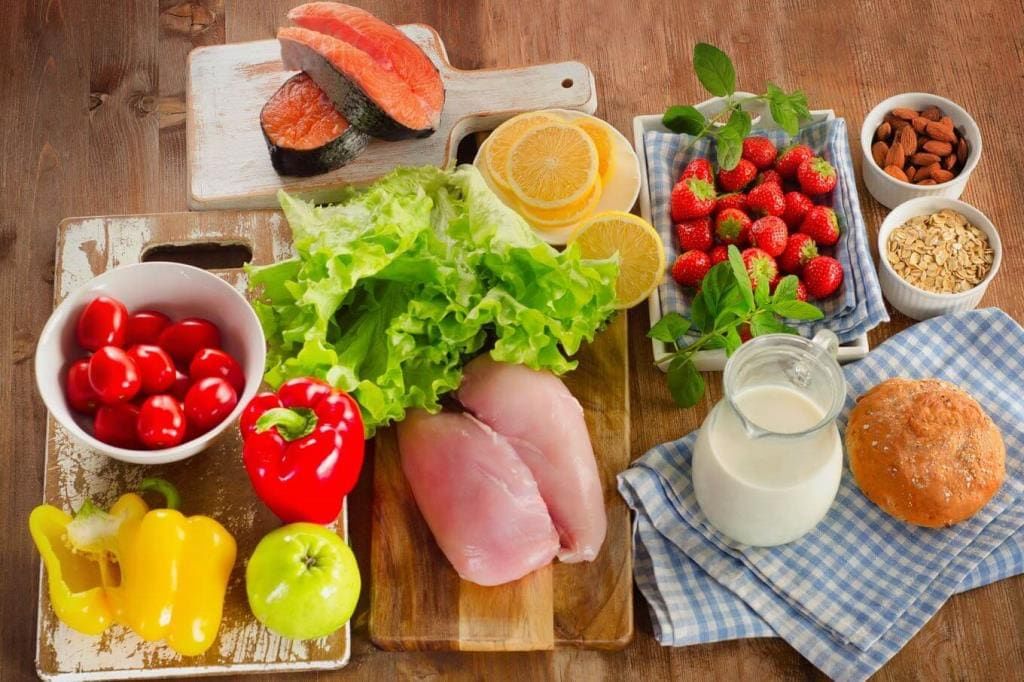 Nutritious Food
Nutritious Food
Ques 2. How humans and animals are directly or indirectly dependent on plants.
Ans: All living organisms require food. Plants can make their food themselves but animals including humans cannot. They get it from plants or animals that eat plants. Thus, humans and animals are directly or indirectly dependent on plants.
Ques 3. Why do we need food?
Ans: Living organisms need food to build their bodies, to grow, to repair damaged parts of their bodies and provide the energy to carry out life processes.
Ques 4. What is food?
Ans: Food is the source of energy and every cell of an organism gets energy by the breakdown of glucose. The cells use this energy to carry out vital activities of life.
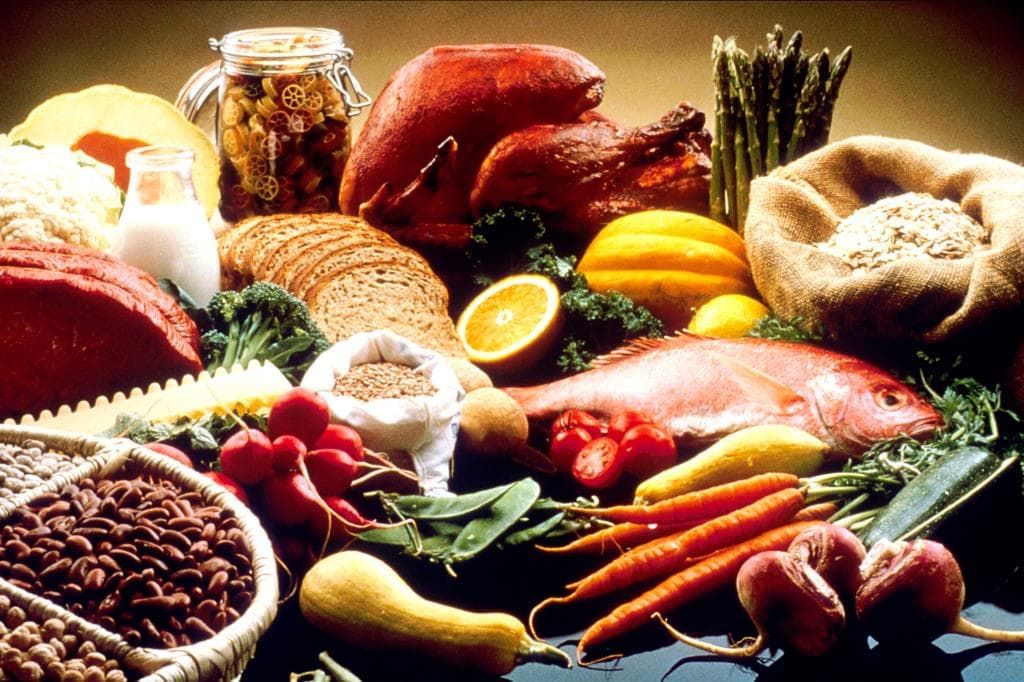 Food
Food
Ques 5. What is Nutrition?
Ans: Nutrition is the sum of all including taking food by an organism and its utilization by the body. The mode of nutrition in which organisms make food themselves from simple substances is called autotrophic nutrition. Ex plants. The mode of nutrition in which organisms take in ready-made food prepared by the plants called heterotrophic nutrition. Example: animals.
Ques 6. Whether food is made in all parts of a plant or only in certain parts?
Ans: Only certain part of plants like leaves having green pigment chlorophyll. So Leaves are called the food factories of plants.
Chlorophyll Cells
Besides leaves, photosynthesis also takes place in other green parts of the plant — in green stems and green branches. The desert plants have scale- or spine-like leaves to reduce loss of water by transpiration. These plants have green stems which carry out photosynthesis.
Ques 7. How do plants obtain the raw materials from the surroundings?
Ans: Water and minerals present in the soil are absorbed by the roots and transported to the leaves.
Carbon dioxide from air is taken in through the tiny pores present on the surface of the leaves. Such pores are called stomata. These pores are surrounded by ‘guard cells’.
Ques 8. How do the raw materials transport them to the food factories of the plants?
Ans: Plants have pipe-like vessels to transport water and nutrients from the soil. The vessels are made of special cells, forming the vascular tissue. The vascular tissue for the transport of water and nutrients in the plant is called the xylem. The vascular tissue for the transport of water and nutrients in the plant is called the xylem. Thus, xylem and phloem transport substances in plants.
Ques 9. What is cell?
Ans: The bodies of living organisms are made of tiny units called cells therefore Cell are called the building blocks of living organism.Cells can be seen only under the microscope. Some organisms are made of only one cell.
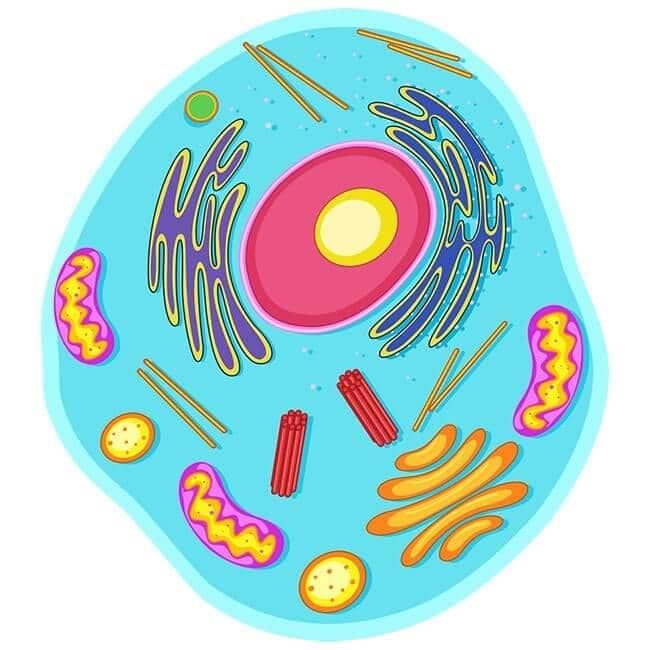 A Cell
A Cell
They are called Unicellular Ex. Amoeba, Paramecium etc. Living organism made up of many cells are called Multicellular like man, tree etc.
Ques 10. What is the cell membrane?
Ans: The cell is enclosed by a thin outer boundary, called the cell membrane Most cells have a distinct, centrally located spherical structure called the nucleus The nucleus is surrounded by a jelly-like substance called cytoplasm.
Ques 11. What is tissue?
Ans: A tissue is a group of cells that perform a specialized function in an organism. For example, the vascular tissue for the transport of water and nutrients in the plant is called the xylem.
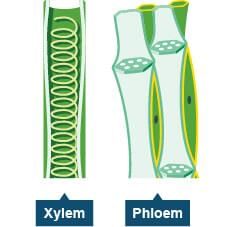 Tissue
Tissue
Ques 12. What are the main requirements of photosynthesis?
Ans: Chlorophyll, sunlight, carbon dioxide and water are necessary to carry out the process of Photosynthesis.
Ques 13. Explain the process of Photosynthesis?
Ans: Carbon dioxide from air is taken in through stomata. chlorophyll helps leaves to capture the energy of the sunlight. This energy is used to synthesize (prepare) food from carbon dioxide and water. Since the synthesis of food occurs in the presence of sunlight, it is called photosynthesis.
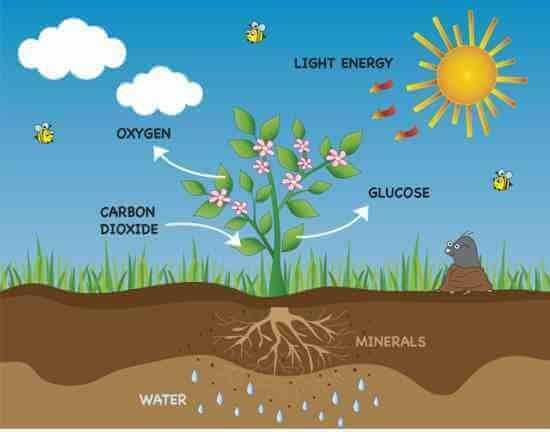 Photosynthesis
Photosynthesis
Carbon dioxide + water --------->sunlight/chlorophyll (Carbohydrate) + oxygen
Here the carbohydrates ultimately get converted into starch.
Ques 14. How would you test the presence of starch on leaves?
Ans: Put 2-3 drops of dilute iodine solution on the leaves. The appearance of a blue-black colour indicates the presence of starch in the leaves.
Ques 15. Why are leaves called the food factories of plants? Explain.
Ans: Leaves are called the food factories of plants due to the following functions:-
Green leaves have all the raw materials necessary to carry the process of photosynthesis.
They have chlorophyll (green pigment) which captures the energy of sunlight.
Leaves consist of tiny pores called stomata on their surface.
 Leaves
Leaves
4. Carbon dioxide from air is taken in through stomata.
5. Water and minerals are absorbed by the roots from the soil and transported to the leaves by vessels.
Ques 16. Why sun is called the ultimate source of energy for all living organisms?
Ans: Solar energy is captured by the leaves and stored in the plant in form of food and this, in turn, is used by other organisms to get food and to obtain energy. Thus, sun is the ultimate source of energy for all living organisms.
Ques 17. Why algae are green in colour?
Ans: Algae contain chlorophyll which gives them the green colour. It can also prepare its own food by photosynthesis.
Algae
Ques 18. What are the main components presents in carbohydrates?
Ans: The main components present in carbohydrates are carbon, hydrogen and oxygen.
|
112 videos|286 docs|28 tests
|
FAQs on Class 6 Science Chapter 1 Question Answers - Nutrition in Plants
| 1. What is nutrition in plants? |  |
| 2. What are the essential nutrients required for plant growth? |  |
| 3. What is photosynthesis and how does it relate to plant nutrition? |  |
| 4. What are some common plant nutrient deficiencies and how can they be corrected? |  |
| 5. How can I ensure that my plants are getting the proper nutrition? |  |

















